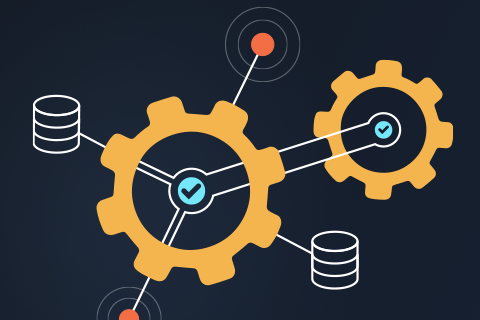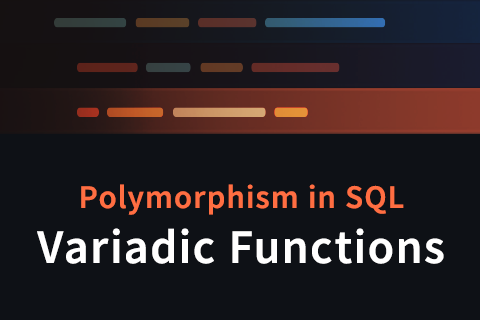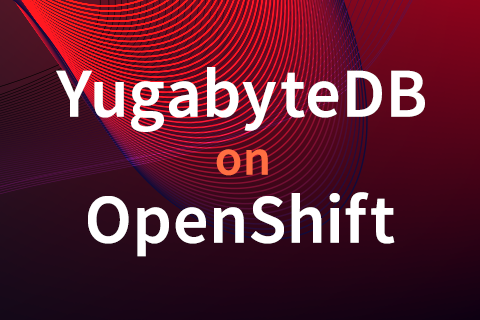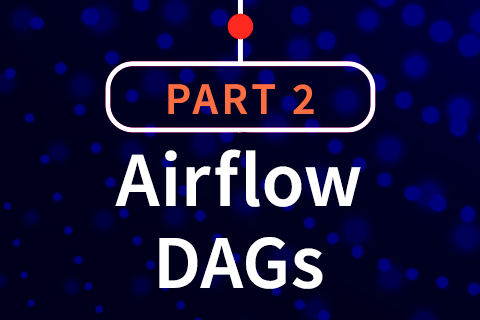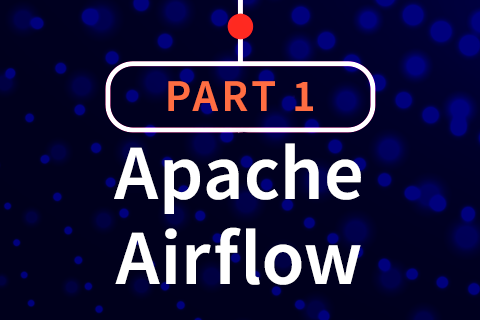Distributed SQL Tips and Tricks – June 29, 2020
Welcome to this week’s tips and tricks blog where we recap some distributed SQL questions from around the Internet. We’ll also review upcoming events, new documentation, and blogs that have been published since the last post. Got questions? Make sure to ask them on our YugabyteDB Slack channel, Forum, GitHub, or Stackoverflow. Ok, let’s dive right in:
Regular expression queries (or pattern matching queries)
YugabyteDB inherits PostgreSQL upper layer,
…
